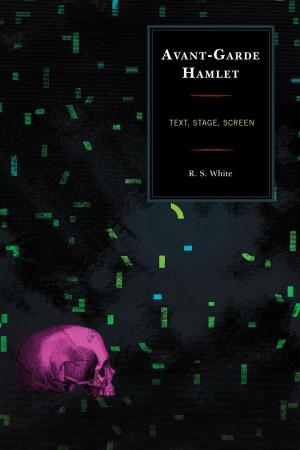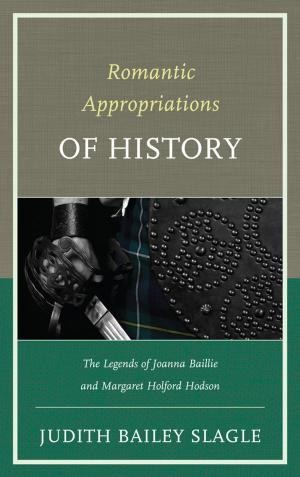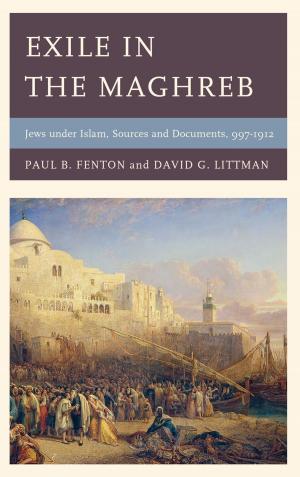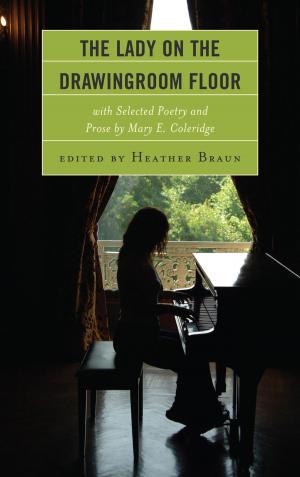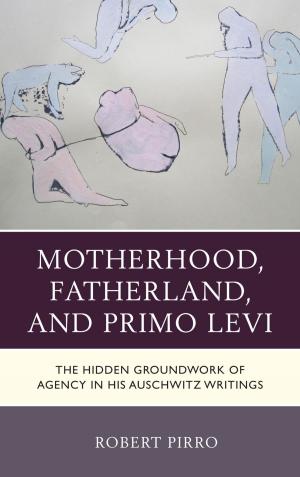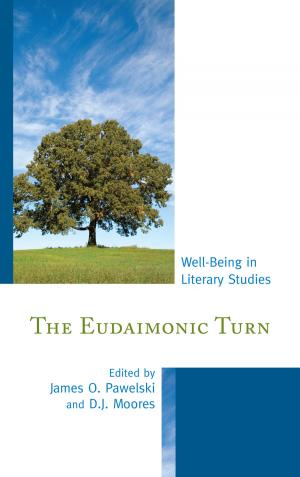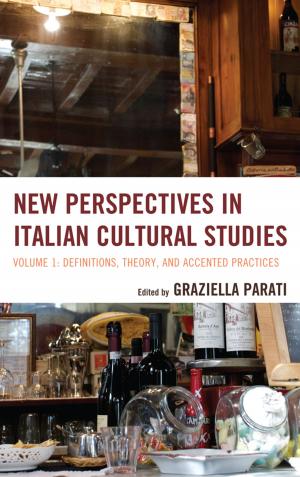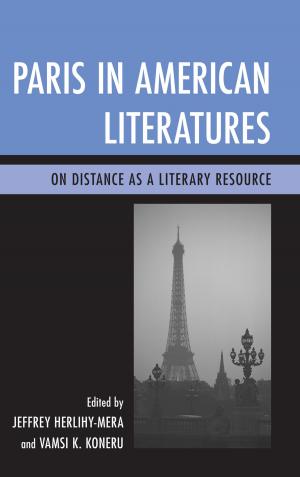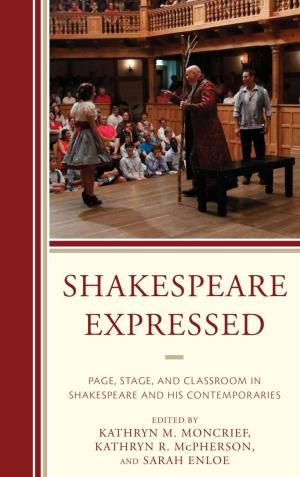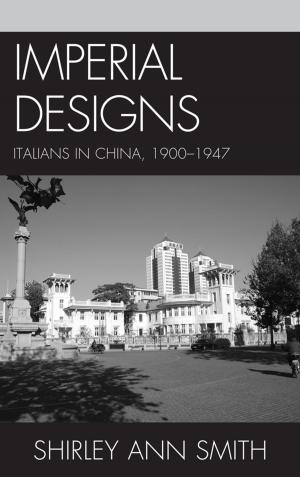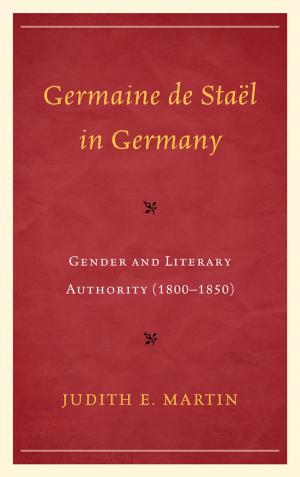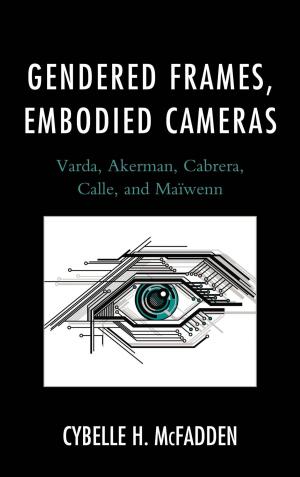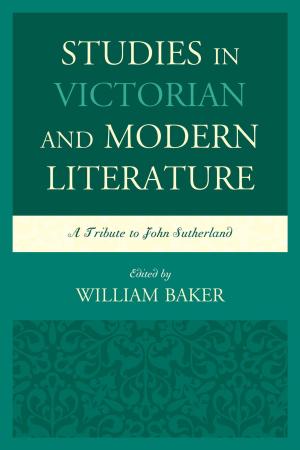The Christian Goddess
Archetype and Theology in the Fantasies of George MacDonald
Fiction & Literature, Religious, Classics, Science Fiction & Fantasy, Fantasy| Author: | Bonnie Gaarden | ISBN: | 9781611470093 |
| Publisher: | Fairleigh Dickinson University Press | Publication: | April 29, 2011 |
| Imprint: | Fairleigh Dickinson University Press | Language: | English |
| Author: | Bonnie Gaarden |
| ISBN: | 9781611470093 |
| Publisher: | Fairleigh Dickinson University Press |
| Publication: | April 29, 2011 |
| Imprint: | Fairleigh Dickinson University Press |
| Language: | English |
The Christian Goddess: Archetype and Theology in the Fantasies of George MacDonald, examines this British Victorian writer's employment of female figures to represent Deity. Such symbolism is extremely unusual for a Christian author of this period and anticipates the efforts of many modern theologians to develop an image of God as Mother. Bonnie Gaarden reads the goddess-figures in MacDonald's fantasies as both archetypes of the collective unconscious and as emblems articulating MacDonald's unique Christian theology, which is Trinitarian, Neo-Platonic, mystical and universalist. The goddesses become the central figures around which the author develops her interpretations of MacDonald's adult fantasy-novels, his children's books and some of his fairy tales. These readings discover MacDonald's ideas about God and the nature of good and evil, models of spiritual and psychological development that foreshadow the theories of Carl Jung and Eric Neumann, and acerbic commentary on the values and customs of Victorian society and religion. According to The Christian Goddess, MacDonald's Romantic belief in God's self-revelation in Nature led him to create Nature-mothers (such as the Green Lady in 'The Golden Key' and Lilith's Eve) which evoke both the Great Mother archetype described by Eric Neumann, and the modern neopagan Great Mother as developed in the works of James Frazer, Robert Graves, and Marija Gimutas. MacDonald dramatized his view of evil and its cure in the title character of Lilith, a Terrible Mother archetype historically embodied in the Hindu goddess Kali. MacDonald's notion of the world as Keat's 'vale of Soulmaking,' also elaborated by religious philosopher John Hick, is conveyed by Magic Cauldron archetypes in The Wise Woman, 'The Gray Wolf,' and Lilith. Muse-figures in Phantastes and At the Back of the North Wind express MacDonald's conviction that a 'right imagination' is the voice of God, while Divine Children in The Wise Woman and 'The Golden Key' communicate his belief that 'true childhood' is the Divine nature. The great-grandmother in the Princess books, a personification of the multi-dimensional activity of Divine Wisdom, springs from the Judeo-Christian Sophia and the classical Athena, while Kore figures in The Princess and the Goblin, Lilith, and Phantastes re-present the transforming descents of Persephone and Christ. This book shows MacDonald's fantasies as a chronological bridge, anchored in the traditions of the Hebrew Bible and the New Testament, incorporating the teachings of Christian mysticism and theistic Romanticism, and linking to the contemporary concerns in Western society that have given birth to the New Age. The Christian goddess portrayed in these fantasies may strike the reader as a Deity whose time has come.
The Christian Goddess: Archetype and Theology in the Fantasies of George MacDonald, examines this British Victorian writer's employment of female figures to represent Deity. Such symbolism is extremely unusual for a Christian author of this period and anticipates the efforts of many modern theologians to develop an image of God as Mother. Bonnie Gaarden reads the goddess-figures in MacDonald's fantasies as both archetypes of the collective unconscious and as emblems articulating MacDonald's unique Christian theology, which is Trinitarian, Neo-Platonic, mystical and universalist. The goddesses become the central figures around which the author develops her interpretations of MacDonald's adult fantasy-novels, his children's books and some of his fairy tales. These readings discover MacDonald's ideas about God and the nature of good and evil, models of spiritual and psychological development that foreshadow the theories of Carl Jung and Eric Neumann, and acerbic commentary on the values and customs of Victorian society and religion. According to The Christian Goddess, MacDonald's Romantic belief in God's self-revelation in Nature led him to create Nature-mothers (such as the Green Lady in 'The Golden Key' and Lilith's Eve) which evoke both the Great Mother archetype described by Eric Neumann, and the modern neopagan Great Mother as developed in the works of James Frazer, Robert Graves, and Marija Gimutas. MacDonald dramatized his view of evil and its cure in the title character of Lilith, a Terrible Mother archetype historically embodied in the Hindu goddess Kali. MacDonald's notion of the world as Keat's 'vale of Soulmaking,' also elaborated by religious philosopher John Hick, is conveyed by Magic Cauldron archetypes in The Wise Woman, 'The Gray Wolf,' and Lilith. Muse-figures in Phantastes and At the Back of the North Wind express MacDonald's conviction that a 'right imagination' is the voice of God, while Divine Children in The Wise Woman and 'The Golden Key' communicate his belief that 'true childhood' is the Divine nature. The great-grandmother in the Princess books, a personification of the multi-dimensional activity of Divine Wisdom, springs from the Judeo-Christian Sophia and the classical Athena, while Kore figures in The Princess and the Goblin, Lilith, and Phantastes re-present the transforming descents of Persephone and Christ. This book shows MacDonald's fantasies as a chronological bridge, anchored in the traditions of the Hebrew Bible and the New Testament, incorporating the teachings of Christian mysticism and theistic Romanticism, and linking to the contemporary concerns in Western society that have given birth to the New Age. The Christian goddess portrayed in these fantasies may strike the reader as a Deity whose time has come.

